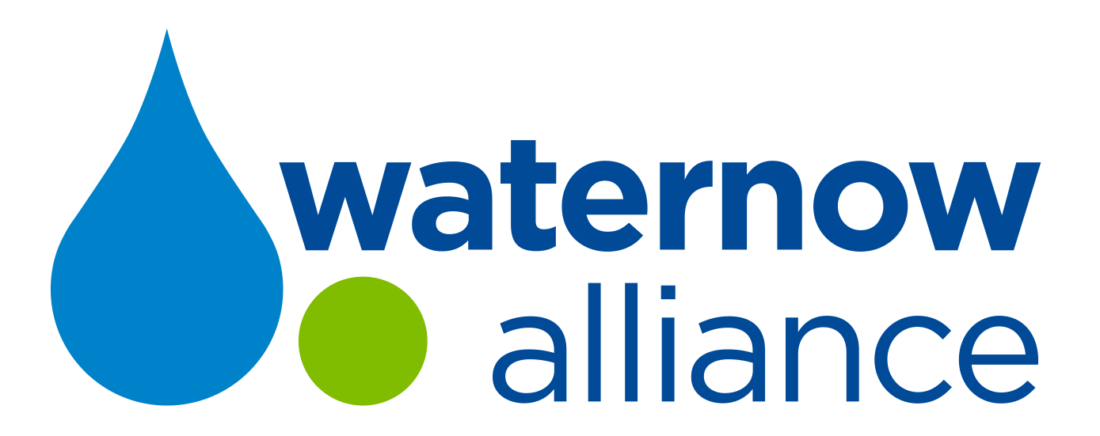Missed this workshop? Check out two upcoming opportunities:
Communicating with Ratepayers Webinar - January 25, 2018
Communicating with Ratepayers Arizona Workshop - February 27, 2018
We are just back from a great trip to Denver where WaterNow Alliance hosted a half-day workshop on the ever-challenging topic of communicating with ratepayers. Over 45 municipal water leaders and staff came together in person – with another 8 or so remote – to engage on the thorny issue of rate and conservation messaging.
To kick us off and provide context for the “paying more for less” conundrum, Todd Cristiano, with Raftelis Financial Consultants reviewed key results of their annual survey showing an increase in utilities moving to conservation pricing and declining per capita use, particularly in the West. Michelle Maddaus, of Maddaus Water Management Inc. offered a fascinating look into how “decoupling” the amount of energy consumed from energy rates in California has contributed to substantially lower rates while maintaining the fiscal health of energy utilities – and discussed how this provides critical parallels to the public water sector.
Against this background, about 70% of participants indicated that they have struggled to explain new rate structures to consumers – particularly those designed to stabilize revenues in the face of declining water sales due to successful efficiency initiatives. So we were incredibly fortunate to have with us Melissa Elliot, Director of Public Affairs at Denver Water, and Matt Collings, Assistant General Manager of Moulton Niguel Water District (MNWD), who were able to share successful comms stories from the field. (Michelle Maddaus also shared some helpful anecdotes about utility messaging tactics that went sideways – always good to know what not to do!)
WaterNow Alliance’s Communicating with Ratepayers Toolkit addressed three major themes: message content, timing and frequency of communication, and the vehicle of message delivery. The workshop was highly interactive with a detailed binder of information, tips, case studies and ideas. We drew not only on our own expertise and experience, but also curated the best of the work that our colleagues have done in this area and included messaging work by The Alliance for Water Efficiency, American Water Works Association, and the City of Fort Collins.
A few workshop highlights and key takeaways:
- It’s worth investing in a long-term communications and outreach strategy with utility ratepayers rather than going to them only “when you need something”
- You – and your board members – may think you know intuitively what messages resonate, but the better strategy is to test messages with polling and focus groups
- Social media is here to stay – at least for now – so it’s prudent to go beyond bill inserts and meet people where they are
- The public is bombarded by between 4-10K ads per day, so breaking through the noise with any kind of communication requires a steady effort and compelling message
- Communications does not require a big budget or large staff – Moulton Nigel has had incredible success turning its staff of 139 into “brand ambassadors” in the community
- The paying more for less conundrum is actually not that hard once you unpack it – the compelling message is that their “water rates are much lower than they would have been in the absence of [conservation].”
We ended by putting our newfound expertise to work with breakouts in which our participants developed targeted messages for the fictitious community of Everytown, CO – which was in the process of undergoing a significant rate increase. By doing so, participants were able to think through a set of local circumstances that would impact the messages that will resonate best with their community members. They came up with messages that were so good we had trouble collecting their worksheets at the end (“no, you can’t have this, I want to take it home!” one participant insisted.)
As always at WaterNow events, we also had fun with text polling technology and can report the following results:
- It was news to most participants that when asked what a “watershed is” that many Americans think this term refers to a literal shed – that holds water
- Virtually everyone had challenges with disgruntled ratepayers (or at least “had that one guy…”)
- “Flood of information” won handily as “favorite water pun” (although “make it splashy” was not too far behind)
- And (drumroll here) – favorite Thanksgiving dish was stuffing by a mile which was shocking to your WaterNow Alliance team which had been pulling hard for pie.
WaterNow Alliance would like to extend our thanks to our partners, Denver Water and the Colorado Municipal League, the National League of Cities and to the Denver Metro Chamber of Commerce for hosting this event.
Didn’t have the chance to participant in this workshop and want to learn more? Attend WNA’s Annual Summit in Salt Lake City to participate in a version of this same workshop! We are also planning a webinar series and other in-person workshops so check our website soon for new opportunities. Presentation materials will also be available shortly at WaterNow Alliance’s Member Portal.
Cynthia Koehler is Executive Director & Lindsay Rogers is Program Associate with WaterNow Alliance

